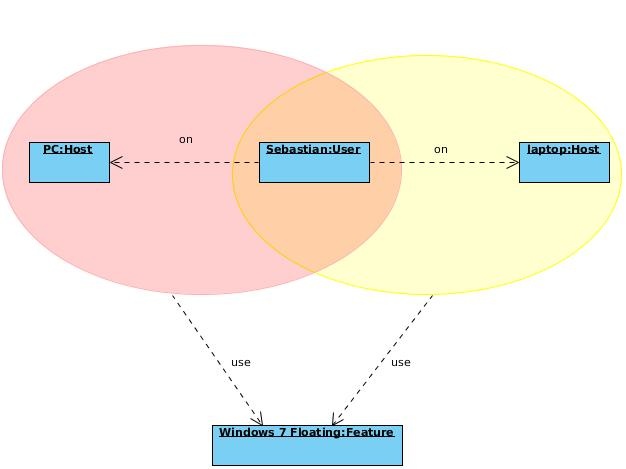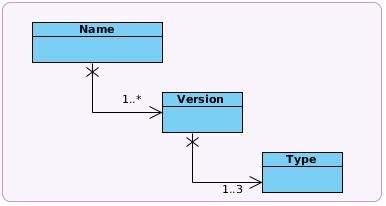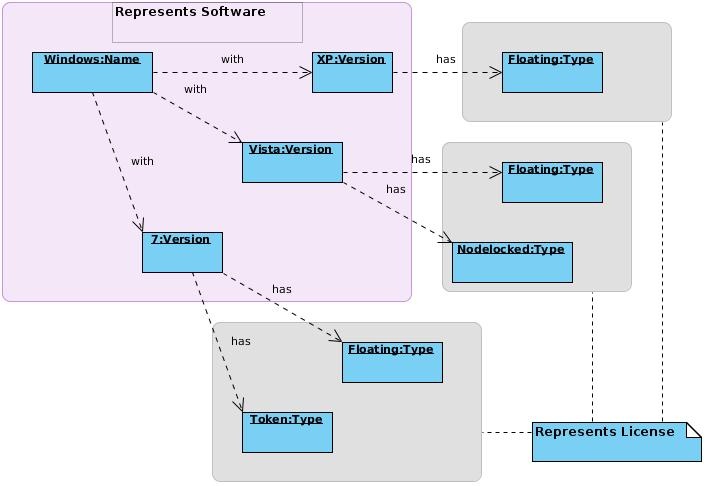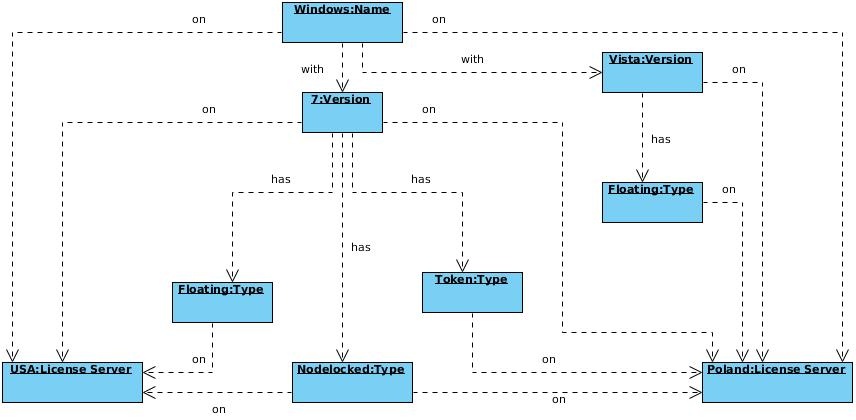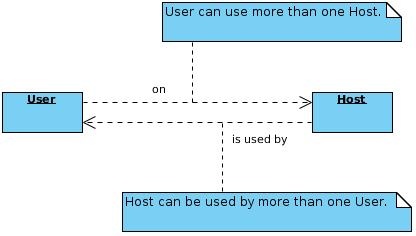This glossary lists terms that are specific to License Statistics and license usage monitoring.
License manager A solution that provides the ability to manage licenses. (See also license server.)
Actions | |
| Request for license | A request made by a user to obtain a particular software license. |
| Borrow | A type of license usage that allows a user to use a network license without being connected to the license server. |
| Usage | Refers to the use of a license, which means that the license is taken from a pool of available licenses. A user can use two licenses of the same feature, as shown below. Users Using License |
| Denial | The denial of a request for a license. |
| Monitoring | Gathering realtime information from a particular license server about feature usage details. |
| Importing | Gathering information from a license server log file about feature usage details. |
Entities | |
| Software | An application. |
| Log file | One or more ASCII text files written by a license server. |
| License | License for particular software. |
| Feature | The definition of a license. The parts of a feature are:
As shown in the diagram below, a feature is defined by its name, version and type, licensed for a particular software. There can be multiple versions with the same name, but each version can have only three license types: nodelocked, floating, or token. Although the features may share the same name, each feature with a different version and/or type is an individual, unique feature. Feature
The following diagram shows an example of features with the same name but with different versions and types. Features Example A feature on a license server refers to a feature with a particular name, version and type on a particular license server. This means that features with the same name and different versions can be placed on different license servers. The example below shows features that are on two License Servers, one in the USA and one in Poland. To get more accurate statistics about usage, we can look at the versions. We have two versions: one used in both departments and one used only in Poland. If we want even more accurate statistics, we can look at the specific types of licenses, which show that one type is used in both departments, one is used only in the USA, and one is used only in Poland. Note: This example is based on the license servers having the same vendor; otherwise, there could be conflicts between name, version, and type. Features Representation |
License manager | A solution that provides the ability to manage licenses. |
| User | An application or person that requests a license. |
| Host | The computer on which a user is accessing a license. A user can use a feature on more than one host, and a host can be used by more than one user, as shown below. User on Hosts |
| License server | Software hosting licenses for a single software vendor. A license server can be one of the following:
|
| Vendor | The manufacturer of a software application using a particular license manager. |
| Gathering Type | The license server type (Realtime or Imported). |
| Query Interval | A value (number of minutes) specified for how often feature usage data is gathered for a monitored license server. |
| Linux system | Refers to Linux, Solaris, HP-UX, AIX, Mac OS X and FreeBSD platforms. |
| Windows system | Refers to Win32 or Win64 platform. |
